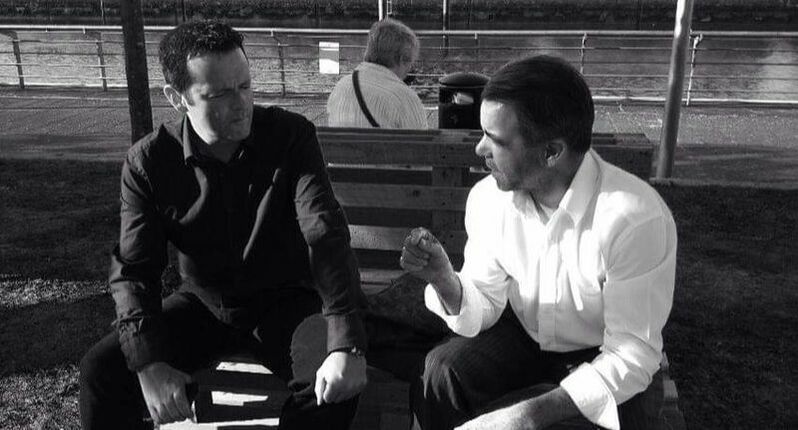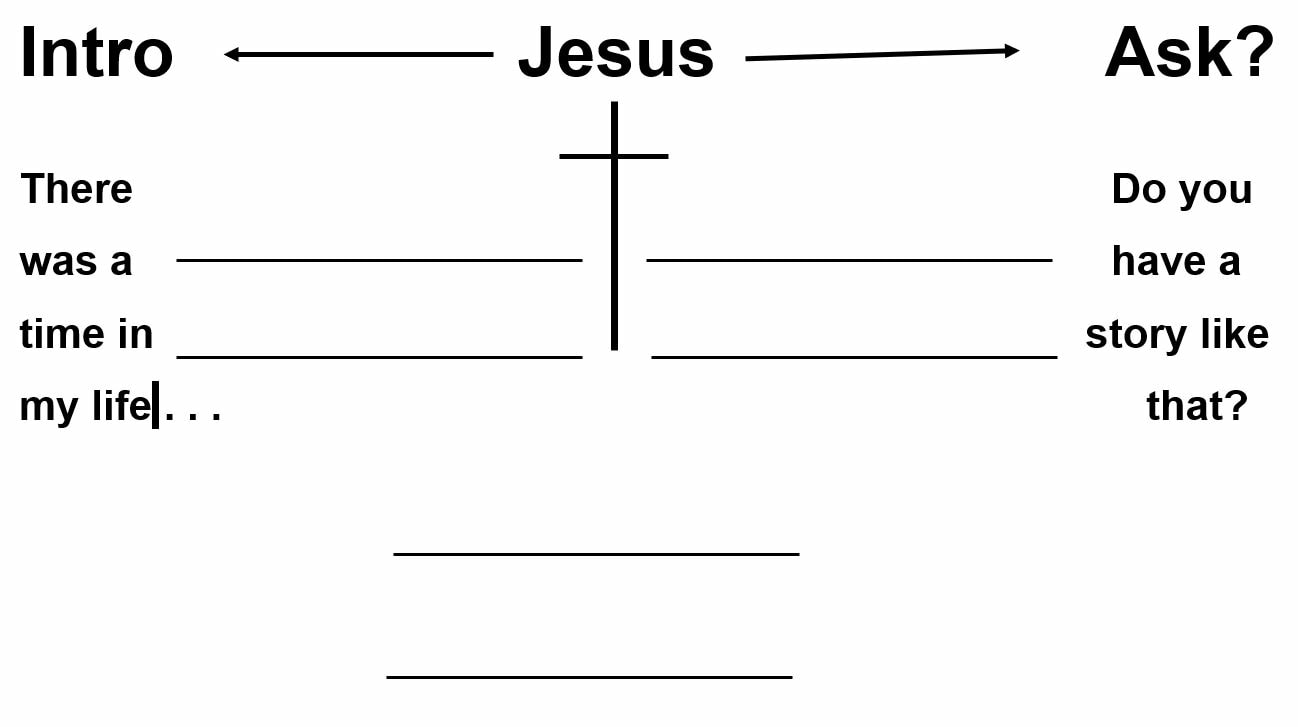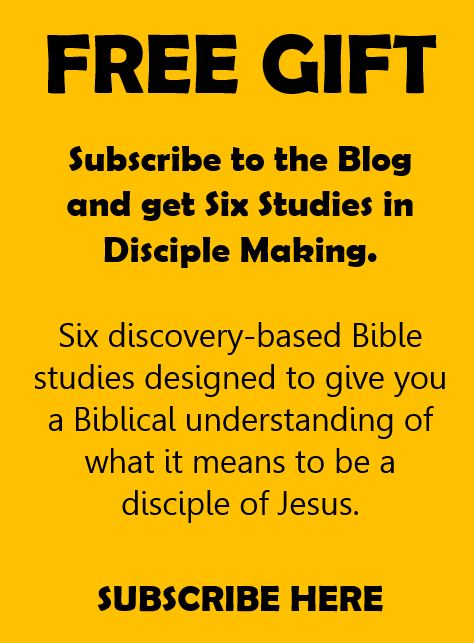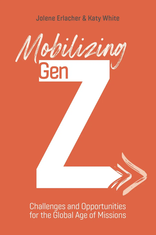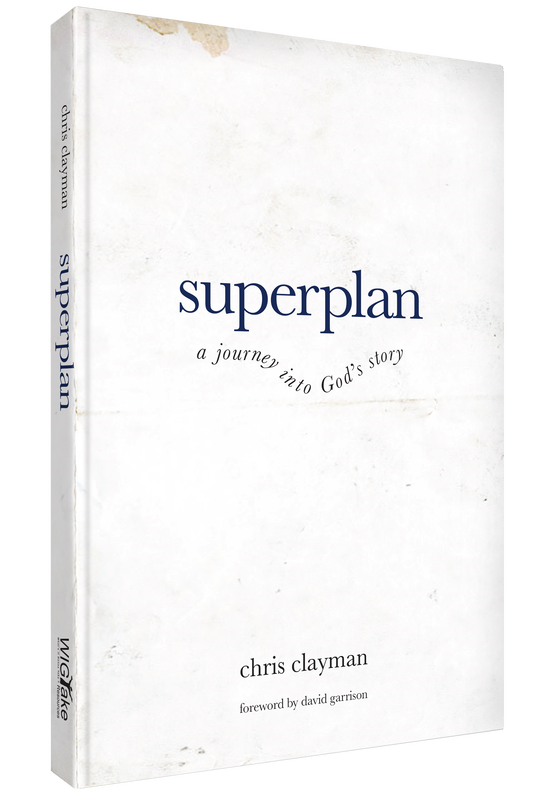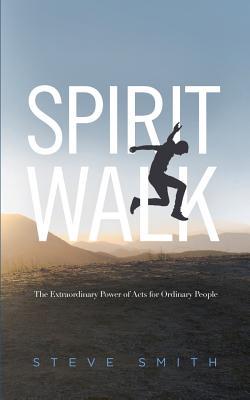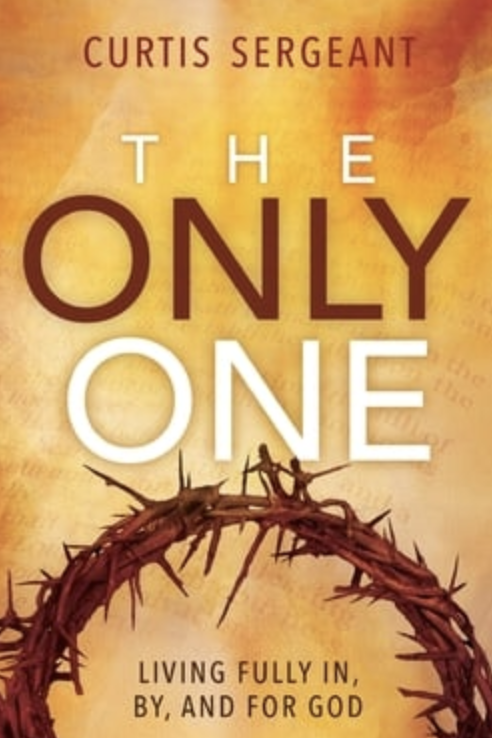|
In John 4, Jesus talks with a Samaritan woman at well outside of her town. During this interaction, the woman begins to suspect and even believe that Jesus might be the prophesied messiah. Leaving her water jugs, she rushes back to her community where she proclaims, “Come see a man who told me everything I did. Could he be the messiah?” We don’t know a lot about this woman, but the result of this simple statement is that the people of her villiage come out to see Jesus for themselves and many believed. Jesus spends two unplanned days with the townsfolk who end by saying, “We no longer believe just because of what you [the woman] said; now we have heard for ourselves, and we know that this man really is the Savior of the world.” [read the story here] We have learned to use this story as a teaching tool at our E2E training events. It answers a few questions to help us share the gospel:
The woman goes back to her community; her friends and family and acquaintances. This is her relational network. And our own relation networks are who we can begin to share with and for whom we should be praying regularly [Read: Personal Prayer Strategy]. The woman shares two things. The first is a one sentence summary of her story. The second is a question pointing to the gospel. Those are two ways we see the good news shared in the New Testament: personal testimony and gospel presentation. These are what we can share. And when does the woman begin to share? After her seminary training? After her confirmation class or new members class? No. The woman begins sharing immediately! She has discovered good news and she will not be stopped. With today’s article we want to look at that middle question: What do we share? We’ve previously written about a helpful tool for sharing the gospel called The Three Circles. There are a lot of great gospel sharing tools, but this is one we train people to use at E2E events. We also train everyone how to share their story in 15 seconds. This is just a smidge longer than the Samaritan woman’s testimony but the purpose is the same: to invite people to learn more about Jesus. This is something we’ve learned from the No Place Left coalition. We use the diagram below as a teaching tool to help shape our 15 second testimonies. There is also a great training video that I’d encourage you to watch both to craft your own 15 second testimony but also to have as a tool to train others. We aren't using the 15 second testimony to explain the fullness of the gospel. We use it to open up spiritual conversations that give us a chance to hear someone’s story and to invite them to come and discover Jesus for themselves. [Read an example of how this was shared] Crafting Your 15 Second Testimony
Watch the video below and allow Troy Cooper to train you to share your 15 Second Testimony. Your Assignment
1 Comment
Pamela
11/28/2022 06:13:22 am
Thanking God for saving me as it was after this when I found myself. I’m so grateful for Him!
Reply
Your comment will be posted after it is approved.
Leave a Reply. |
The E2E Community
Categories
All
Good Books
Archives
April 2024
|
Proudly powered by Weebly

